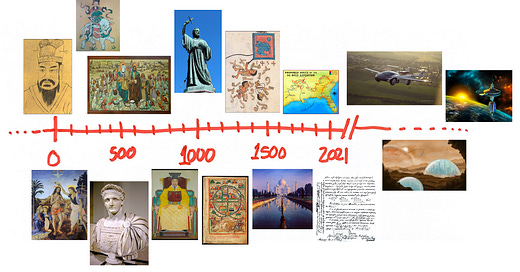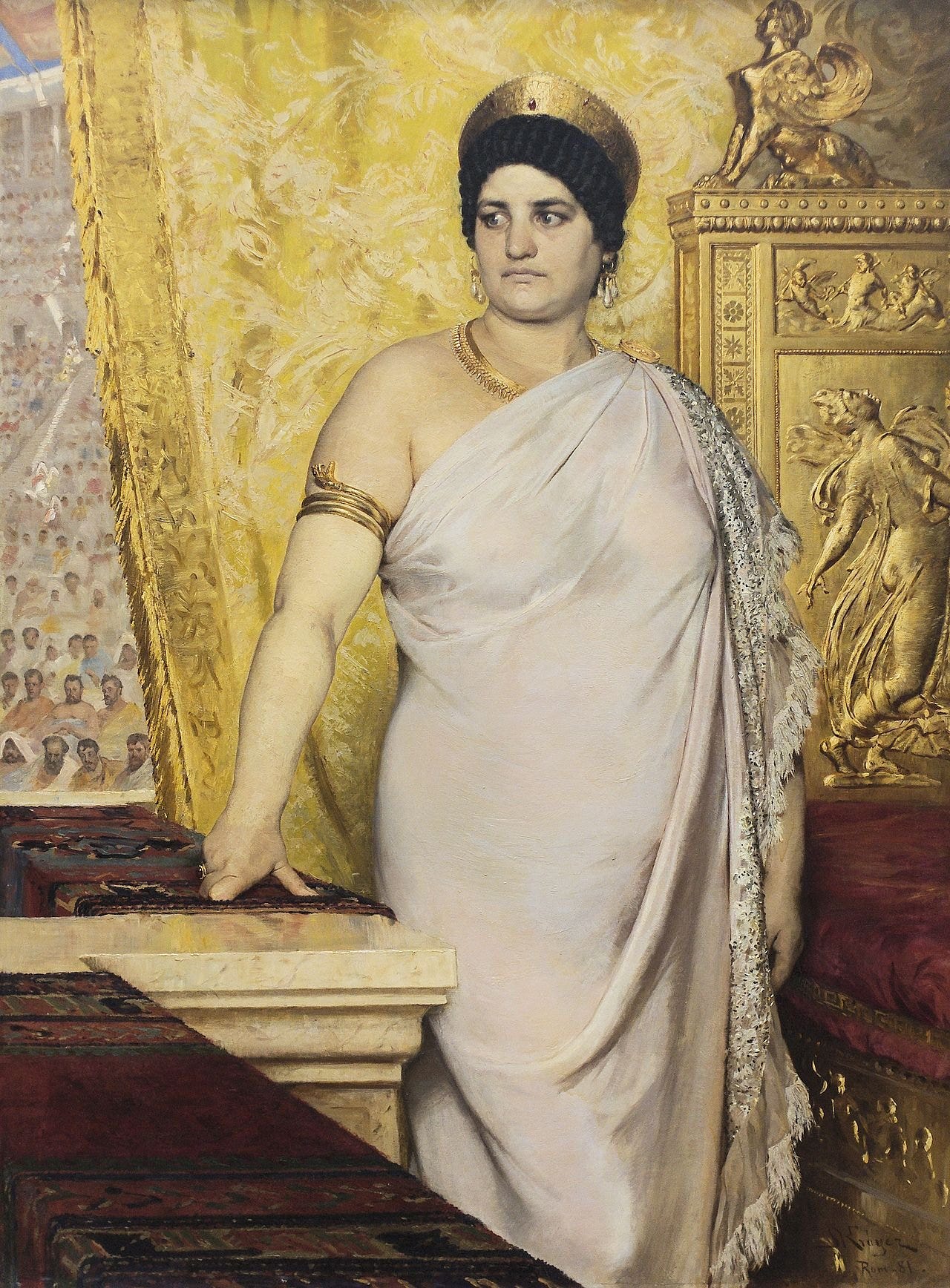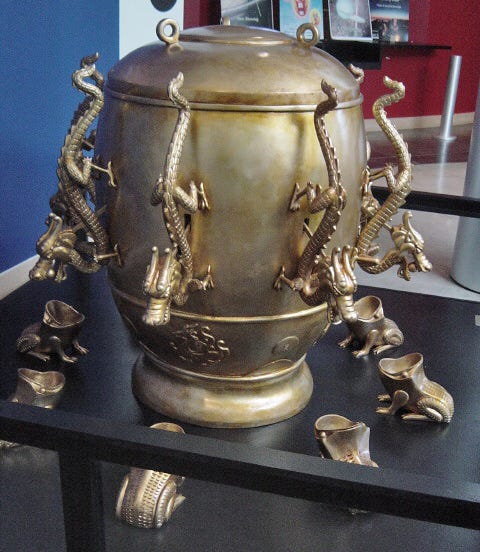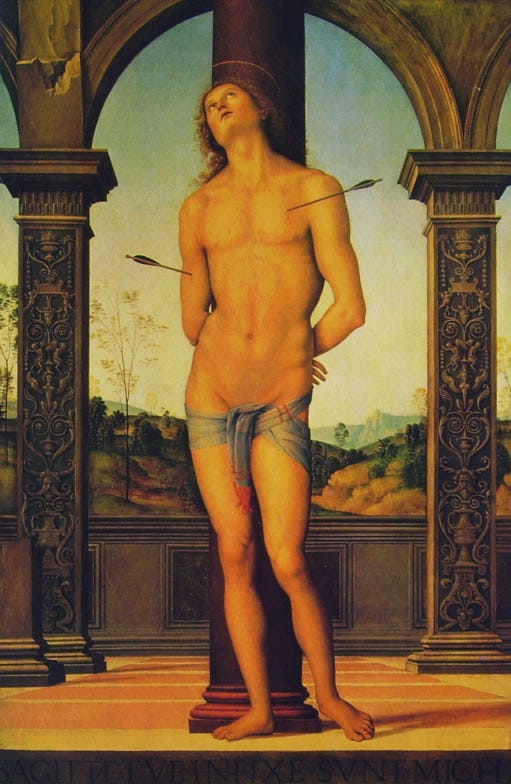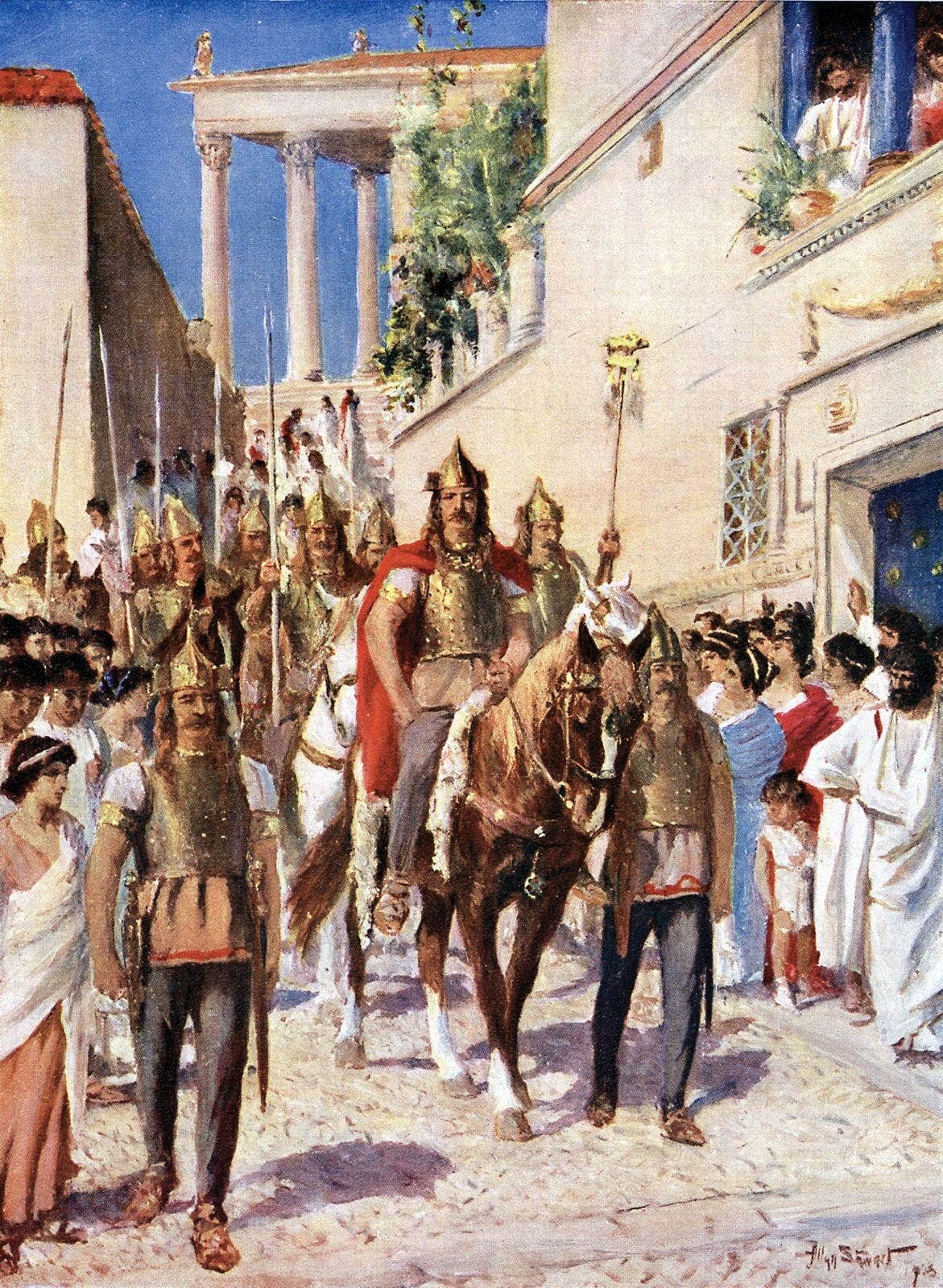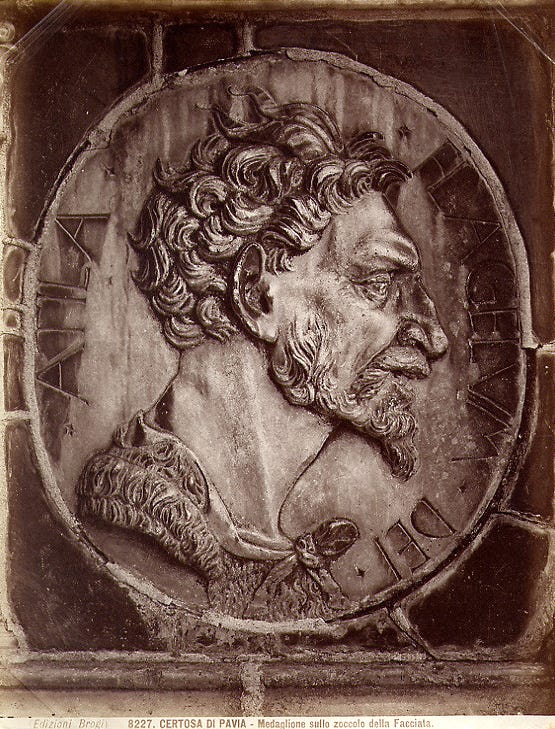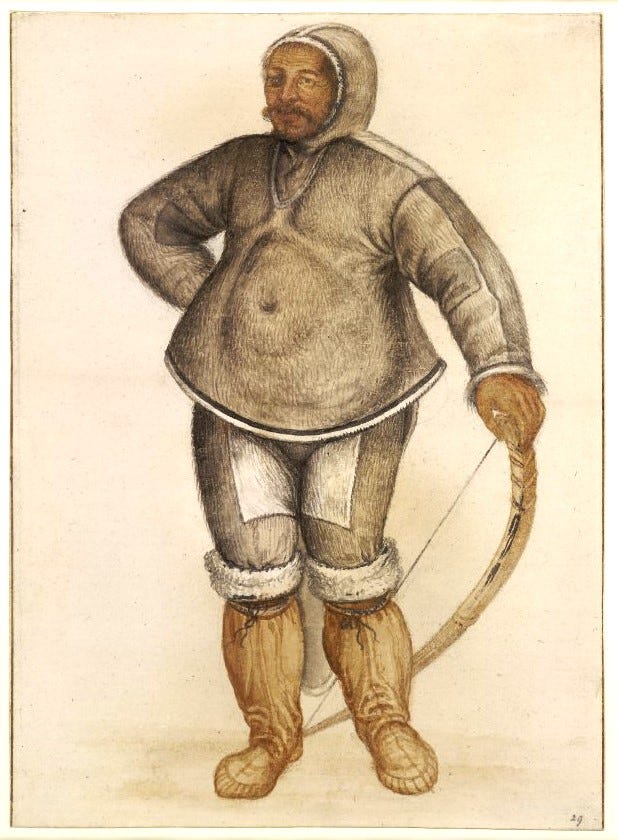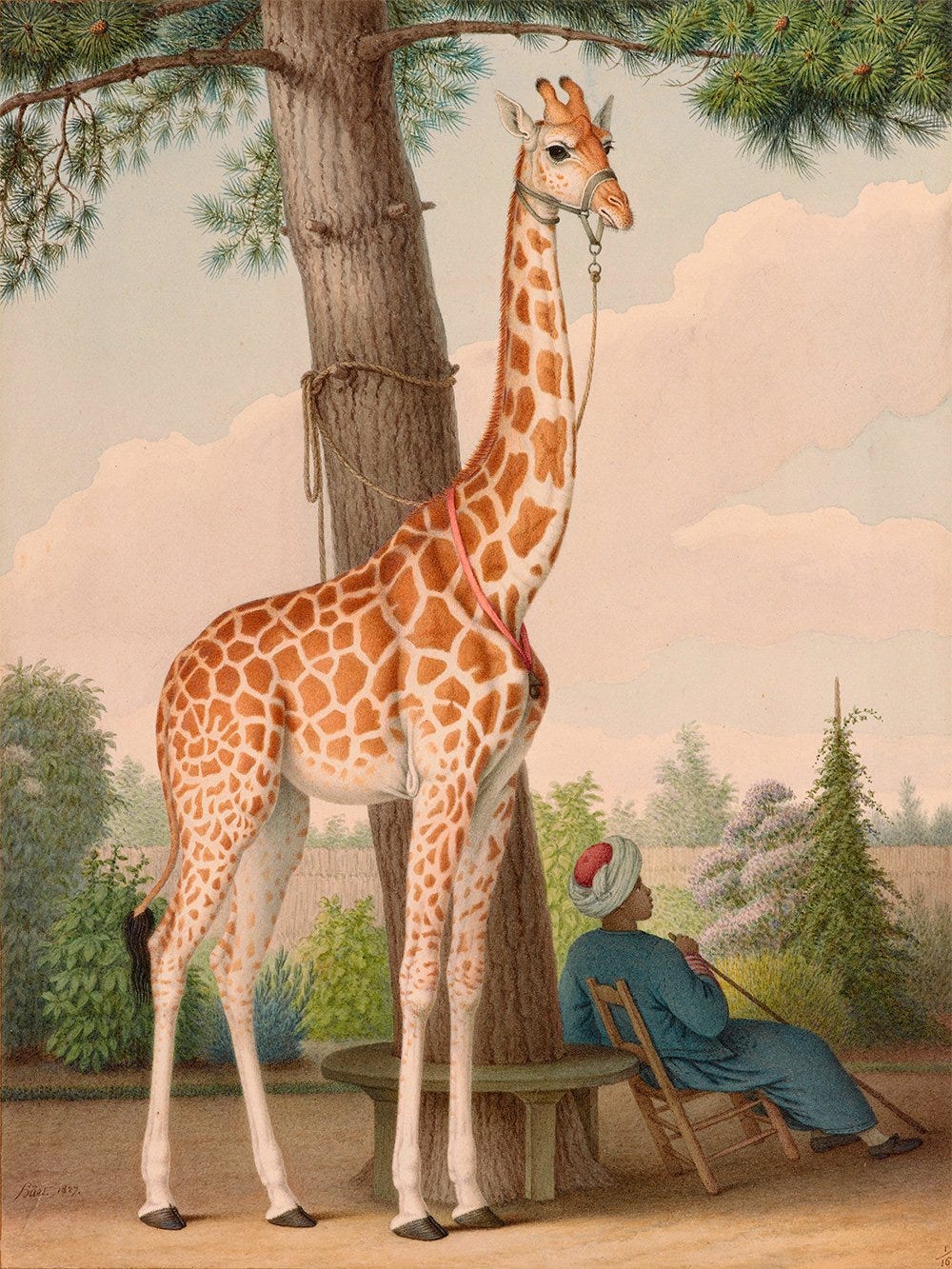Hello! This is Light Gray Matters #36. I’m a bit in a rush today, so let’s just repurpose some content from Twitter 😄
Last week I reached 1200 followers, so I tweeted a “1200 follower special” tweet:

It got pretty popular, with more than 70 comments. So I had to spend several hours replying to them all with random fact each. It was fun.
(Although towards the end it was retweeted by some Indian influencer which led to quite a lot of comments by Indian people with less than 100 followers. By then I was bored, so I didn’t reply to most of them. Sorry — I love you all, but there’s only so much interest one can have for the 1st century.)
Many people thanked me for teaching them something, but all I did was go to the Wikipedia page for the year (e.g. this page for year 952) and pick a fact that sounded somewhat interesting. So I learned a lot myself, in a nice semi-random fashion. I say “semi” because it wasn’t quite random:
follower count distribution on Twitter isn’t random
what is recorded in history isn’t random
what gets added to a Wikipedia year page isn’t random
what I find interesting isn’t random.
Below, I’ve aggregated all the tweets into a big point-form timeline, both for myself to get a better idea of the result, and for your own enjoyment (if you enjoy historical timelines, that is).
Pairs well with my Four Shapes of History essay. This timeline is mostly vertical, but it gives a slightly 2D view since it jumps around the world so much.
Étienne
The Timeline
I. Before Christ
The timeline was supposed to be Common Era only, but a few people requested events from before that:
In 2836 BCE (or, well, around that time), the Balearic Islands cave goat becomes extinct, shortly after humans first settled the Balearic Islands.
In (or around) 298 BCE, Bindusara becomes the second ruler of the Maurya Empire in India, between the more famous Chandragupta (his father) and Ashoka (his son).
In 53 BCE, Marcus Licinius Crassus is killed at the battle of Carrhae against the Parthian Empire. His death ends the First Triumvirate of the Roman Republic, opening the way for Julius Caesar to obtain dictatorial power some years later
II. Antiquity
Predictably, a lot of commenters had 2-digit or low 3-digit numbers of followers, leading to me getting a lot of facts from Antiquity, which means mostly Roman and Chinese facts, since most of the civilized word (which could date stuff accurately) was in either empire.
In AD 10, the emperor Wang Mang, who usurped the Han dynasty throne and created the short-lived Xin dynasty, makes crossbows illegal in China
In 24, King Yuri ascends to the throne of Silla in Korea. It is said that during his reign, there was an annual contest between two teams of women in which the losers would have to prepare a feast for everyone else.
In 29, Jesus is baptized by John the Baptist (well, possibly, it's hard to date events in Jesus's life precisely)
In the year 38, Valeria Messalina marries Roman emperor Claudius; she will later be executed for plotting against him, and carries a reputation of sexual promiscuity well into modern times.
In the year 49, Melankomas of Caria becomes boxing champion at the 207th Olympic Games
In 71, the city of York in northern England is founded by the Romans as the fortress of Eboracum
In the year 94, emperor Domitian banishes all Stoic philosophers from Rome
In 113, Trajan's column is erected in Rome to commemorate victory over Dacia
In 132, the first device to record earthquakes is invented by Han dynasty polymath Zhang Heng
In 174, emperor Marcus Aurelius writes the Meditations, a much better move for the Stoics compared to what Domitian did in 94
In 189, the first pope from Africa, Victor I, is elected
In 237, the Roman emperor with the coolest name, Maximinus Thrax, is busy defending the frontiers of the empire
238 is the Year of the Six Emperors, in which six men were or claimed to be emperors of Rome — a hallmark of the instability affecting the empire in the 3rd century.
In 248, lady Trieu in Vietnam leads a rebellion against the Wu Chinese, and is then put to death
In 260, Roman emperor Valerian is captured as a prisoner of war by Persian emperor Shapur I at the battle of Edessa
In 288, Saint Sebastian, a martyr, dies during the persecution of Christians in Rome. He will become a popular saint, a protector from the plague, the subject of many paintings, and a gay icon.
In 332, emperor Constantine begins free distribution of food to the people of Constantinople
In 396, Alaric I, king of the Visigoths, plunders several Greek cities
In 409, during the Sixteen Kingdoms period of Chinese history, the Eastern Jin kingdom defeats the Southern Yan one at the Battle of Linqu
In 414, an Iranian bishop called Abdias burns down a Zoroastrian temple, angering the king Yazdegerd I who burns down churches in response
In 418, the doctrine of original sin in Christianity is affirmed at a Council of theologians in Carthage, North Africa
In 423, the Western Roman emperor Honorius dies, and the top civil servant Joannes seizes the throne; he'll reign for a year and a half before being executed by Eastern Roman forces
III. Attila the Hun
His invasion was probably the most significant event of the 5th century. And it’s a good representative of the “barbarian invasions” that affected the Western world around that time, leading to the transition from Antiquity into the Middle Ages according to Western periodization.
In 445, Attila has his brother and co-ruler Bleda killed in a hunting accident; Attila then becomes sole ruler.
447 is the year that Attila the Hun crosses the Danube to invade the Balkans
In 453, Attila the Hun dies, possibly from a nosebleed
IV. The Middle Ages
Lots of Arab stuff, with Muhammad founding Islam and his followers eventually conquering everything from Spain to Central Asia. Later there will be some Crusades. China keeps existing in the East, and we get our first dated events from the Americas.
In 489, a Temple of Confucius is built in the Northern Wei capital, the first in Northern China outside the traditional Confucian city of Qufu
632 is a major year, with the death of Muhammad after his final sermon in Medina, followed by the establishment of the first Caliphate, which would immediately start wars to consolidate its power and conquer much of the Middle East
In 639, Dagobert I, king of Austrasia, then of the Franks, and then of Neustria and Burgundy, dies and is buried in the Saint Denis basilica in Paris. More than 1000 years later, he will become the subject of a popular French nursery rhyme, "Le bon roi Dagobert."
In 640, the Serapeum of Alexandria, a temple that was a successor to the destroyed Library of Alexandria, is burned down by the invading Arabs. (Possibly apocryphal)
In 717 (or 718), the Hōshi Ryokan is established in Komatsu, Japan. It is still in operation as of 2021, managed by the Hōshi family after 46 generations, making it the second oldest hotel in the world.
In 718, the Byzantines successfully defend Constantinople from a land-and-sea siege by the Arab Caliphate. The Arab fleet is partially destroyed by storms and a volcanic eruption in Santorini on the way back.
In 752, former emperor Shōmu of Japan (who abdicated in 749 in favor of his daughter, empress Kōken, to become a Buddhist priest) participates in the Eye-opening ceremony to dedicate the Great Buddha statue at Tōdai-ji
In 784, construction of the Great Mosque of Cordoba (now in Spain) begins under the reign of Abd al-Rahman I
In 845, Viking leader Ragnar Lodbrok besieges, plunders and occupies the city of Paris
In 876, an Arab merchant named Ibn Wahab, from Basra, Iraq, visits the Chinese capital Chang'an (today Xi'an), where he meets emperor Tang Taizong.
In 877, Taejo Wang Geon, unifier of the three kingdoms of Korea into the Goryeo dynasty, is born.
In 901, Maya ruler Chan Chak K'ak'nal Ajaw dedicates a Mesoamerican ballgame court in the city of Uxmal
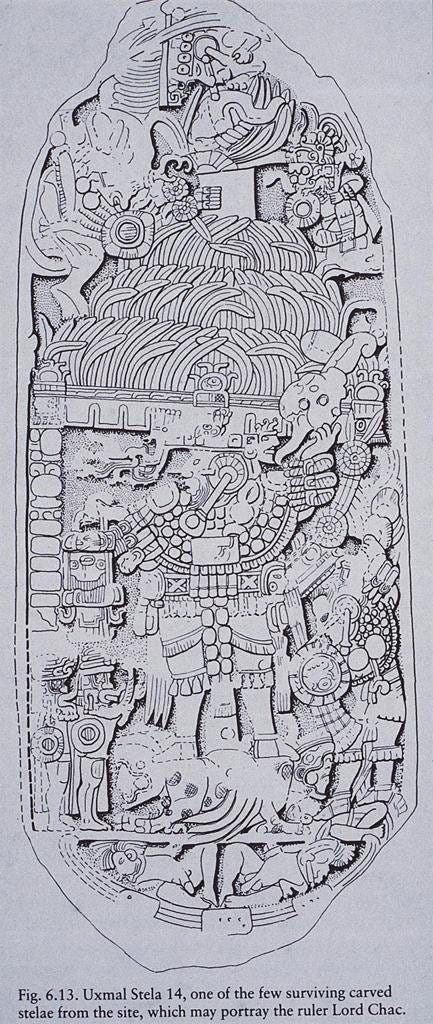
In 952, nothing much happens. (Seriously, super boring year.)
In 1005, the Republic of Pisa plunders the southern Italian city of Reggio di Calabria, under Muslim control. This allows Pisa to expand its influence and become one of the main competing Maritime Republics alongside Venice, Genoa, and Amalfi
In 1044, the first formula for gunpowder is published as part of a book called Wujing Zongyao
1096 is the beginning of the First Crusade, starting with Peter the Hermit gathering 40,000 randos from France and Germany to form what is known as the "People's Crusade"
In 1103, the Yingzao Fashi, a book on Chinese architecture, is published.
In 1115, the Latin patriarch of Jerusalem (which is under Crusader control), Arnulf of Chocques, is brought down by a sex scandal, as he is alleged to have had sex with a Muslim woman, and due to approving of a bigamous marriage. He'll be deposed but reinstated in 1116.
In 1190, the Andalusian polymath Ibn Rushd (a.k.a. Averroes) publishes a treatise called "On the Harmony of Religions and Philosophy"
In 1215, the first Magna Carta, outlining the rights and privileges of landowners in relation to the English crown, is created. Later in the year, it is annulled, leading to civil war.
In 1260, Kublai Khan becomes claimant to the Mongol Empire founded by his grandfather Genghis Khan, but he really reigns only over the part of the empire that controls China.
In 1454, the year of One Rabbit (and first year in a 52-year cycle) in the Aztec calendar, a drought and famine occurs in Mexico
Also: 1454 is the first time that Gutenberg's printing press prints a book that bears its printing year
V. Modern Times
People with more than 1500 followers are a bit rarer, but there was at least one per century. I wish there had been more, though — there are so many random interesting facts from the past half-thousand years! On the other hand, history is always biased towards recent events, so it’s kind of cool that these just end up being a footnote to the above.
In 1539, Spanish conquistador Hernando de Soto lands in what is now Tampa Bay, Florida, and accidentally introduces pigs to North America
In 1576, sailor Martin Frobisher leaves England to explore the North American Arctic, mistakes Greenland for the imaginary island of Friesland, enters the bay now named after him in Nunavut, and eventually returns with a few Inuit captives
In 1631, Mumtaz Mahal, empress consort of the Mughal Empire, dies in childbirth. Her husband Shah Jahan orders the construction of a pretty cool tomb for her in Agra: the Taj Mahal.
In 1706, a leader of the Oirat Mongols named Lha-bzang Khan kidnapped and — presumably — murdered the 6th Dalai Lama, effectively becoming the ruler of Tibet
In 1742, Christian Goldbach first proposes (in a letter to Leonhard Euler) the Goldbach conjecture, "that every even whole number greater than 2 is the sum of two prime numbers." It is still unproven.
In 1827, Zarafa, the first giraffe in Europe for more than 300 years, walks from Marseilles to Paris. Zarafa is a gift from Ottoman governor of Egypt Muhammad Ali to Charles X of France.
In 1923, Walt and Roy Disney found The Walt Disney Company in an unassuming Los Angeles building.
VI. The Future
Everything below is pure invention! Though some are based on the Wikipedia pages 3rd millennium and Timeline of the far future, which indicate predicted events. Otherwise I just picked some random sci-fi tropes, trying to keep things somewhat consistent.
In 2248, world population reaches an all-time high of 14 billion, more than predicted in the early 21st century, but then starts declining
In 2312, a documentary comes out, comparing the present day to Kim Stanley Robinson's 2012 novel "2312", which is hilariously inaccurate. However, it inspires some visionaries, ultimately bringing human civilization reasonably close to Robinson's vision in the next century.
In 2420, flying cars become a reality at last as regulatory barriers are removed for the first time in a sultanate in Southeast Asia, centuries after the technology was invented.
In 2781, the first large-scale mining facilities are built on Titan
In 2868, a spectacular accident in the mining colonies on Titan causes a major slowdown of investment in off-planet resource extraction for the next two decades
In 3198, amid record numbers of people uploading themselves to a virtual world, the "totalitarian-lite" world government makes these uploads illegal, seemingly to keep a work force, but also to prevent people from discussing heterodox ideologies within private virtual spaces
In 3265, the first cryonics patient to be successfully revived decides to be frozen again, prompting widespread commentary on the decadence of current society.
In 4618, concerns over human depopulation reach a peak, as the low fertility rate suggests human extinction could happen within a century. Programs to increase natality are set up but aren't very effective. The world government finally succeeds through the creation of cults
In the year 6327, this residential development finally gets built; it's overpriced and uncool and very few units are sold and the property development company goes bankrupt by 6329:
In 8575, the human colony near Alpha Centauri is utterly destroyed by an act of sabotage by an unknown party. An investigation force is sent from Earth but finds nothing.
In the year 11,047, the supergiant Antares explodes as a supernova, later than scheduled. It is brightly visible in the day, and 11,047 is dubbed the "Year of the Two Suns." The supernova is seen as an omen of the general upheavals of the late 111th century.
In the year 16,501, the Taupo supervolcano in New Zealand erupts, causing mass panic and political upheavals in human Earth civilization, but the consequences turn out to be far less dire than initially expected
In the year 18,622, the Sahara Empire, based in the fertile tropical forest that the desert has become (like it was in the past), reaches its maximum extent
Sadly no Twitter celebrity with 100k or 1M followers commented, so we have to stop here.


